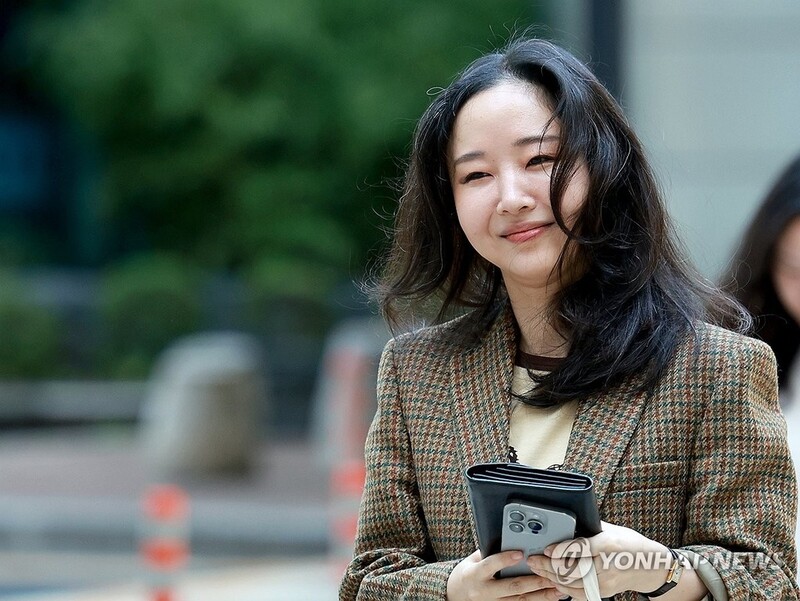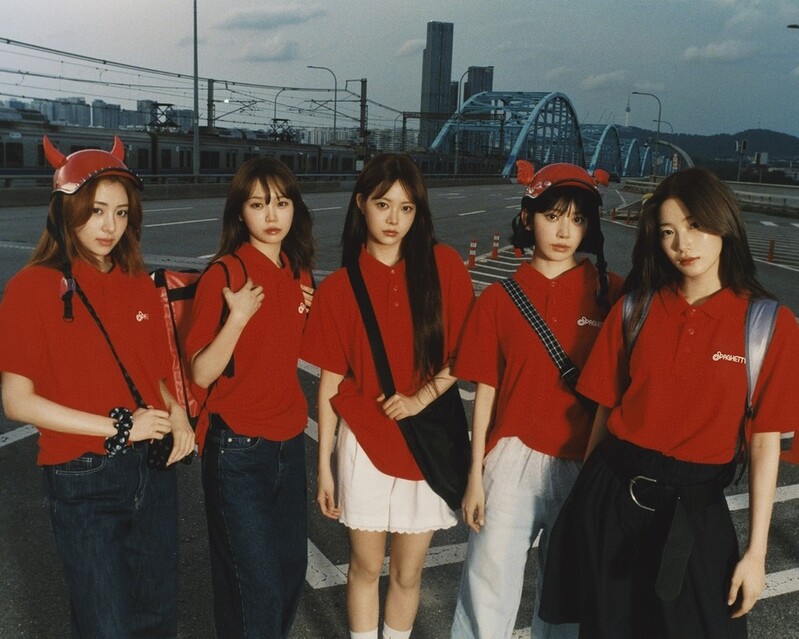 |
| ▲This photo, provided by Cultural Heritage Administration, shows Anseong seong Kim Taegon Andrew Priest Memorial Cathedral.' (PHOTO NOT FOR SALE) (Yonhap) |
 |
| ▲This photo, provided by Cultural Heritage Administration, shows Anseong seong Kim Taegon Andrew Priest Memorial Cathedral.' (PHOTO NOT FOR SALE) (Yonhap) |
 |
| ▲This photo, provided by Cultural Heritage Administration, shows 'Mokpo Weather observation records.' (PHOTO NOT FOR SALE) (Yonhap) |
SEOUL, Dec. 20 (Yonhap) -- Cathedral and cemetery built to commemorate the first Korean-born Catholic priest, Saint Andrew Kim Taegon (1821-1846) will become cultural assets.
Cultural Heritage Administration notified on Tuesday that they will enlist 'Anseong seong Kim Taegon Andrew Priest Memorial Cathedral' located at Milinae of Anseong city as the National Registered Cultural Heritage.
'Anseong seong Kim Taegon Andrew Priest Memorial Cathedral' was established in 1928.
Born under a catholic family at Solmoe, South Chungcheong Province, He grew his faith while he was persecuted for studying western learning.
After studying theology at Macao, he became the first Korean priest in 1845 and began missionary activities, but was arrested by the authorities next year and his short life ended when he died a martyr at Yongsan Senamteo.
The circle part of memorial cathedral built to honor St. Andrew Kim Tae-gon is well-preserved. Cemetery placed in front of the cathedral also shows the symbolism as the cathedral and spatial characteristic well.
An official from the Cultural Heritage Administration explained the culture value, saying, "History of how Korean Catholicism developed can be identified by looking at the related traces of buildings."
After Cultural Heritage Administration take opinions from all levels of society during the 30 days of notice period, the committees will have discussion and evaluation to decide on their enlistments as cultural assets.
Cultural Heritage Administration, on the same day, also confirmed and notified three other National Registered Cultural Heritages: Parachute Blouse in 1050s, New Living Clothes in 1960s, and Mokpo Weather Observation Records.
The parachute blouse, believed to have been made in the 1950s, is a blouse made by using imported nylon yarn after designer Choi Kyung-ja's clothes created by recycling parachute waste became popular in Daegu shortly after the Korean War.
The new living clothes of the 1960s in the form of a blue dress is a relic that shows the situation at the time in which the new living clothes were enacted and distributed all over the nation to improve people's lives and promote reconstruction awareness.
Both clothes are considered important records to learn about the situation of the times and the history of daily clothing.
The official weather observation began at the second Mokpo Temporary Observatory in Okdo-ri, South Jeolla province in 1904, and the 'Mokpo Weather Observation Records' written for around 60 years until 1963 reveals the history of modern weather observation.
(This article is translated from Korean to English by Jiwon Woo.)
(END)
(C) Yonhap News Agency. All Rights Reserved














![[방송 소식] MBC 대학가요제 13년 만에 부활…26일 방송](https://korean-vibe.com/news/data/20251024/yna1065624915904676_716_thum.jpg)
![[신간] 레넌과 매카트니는 경쟁자였을까…'존 앤드 폴'](https://korean-vibe.com/news/data/20251024/yna1065624915904305_293.jpg)







